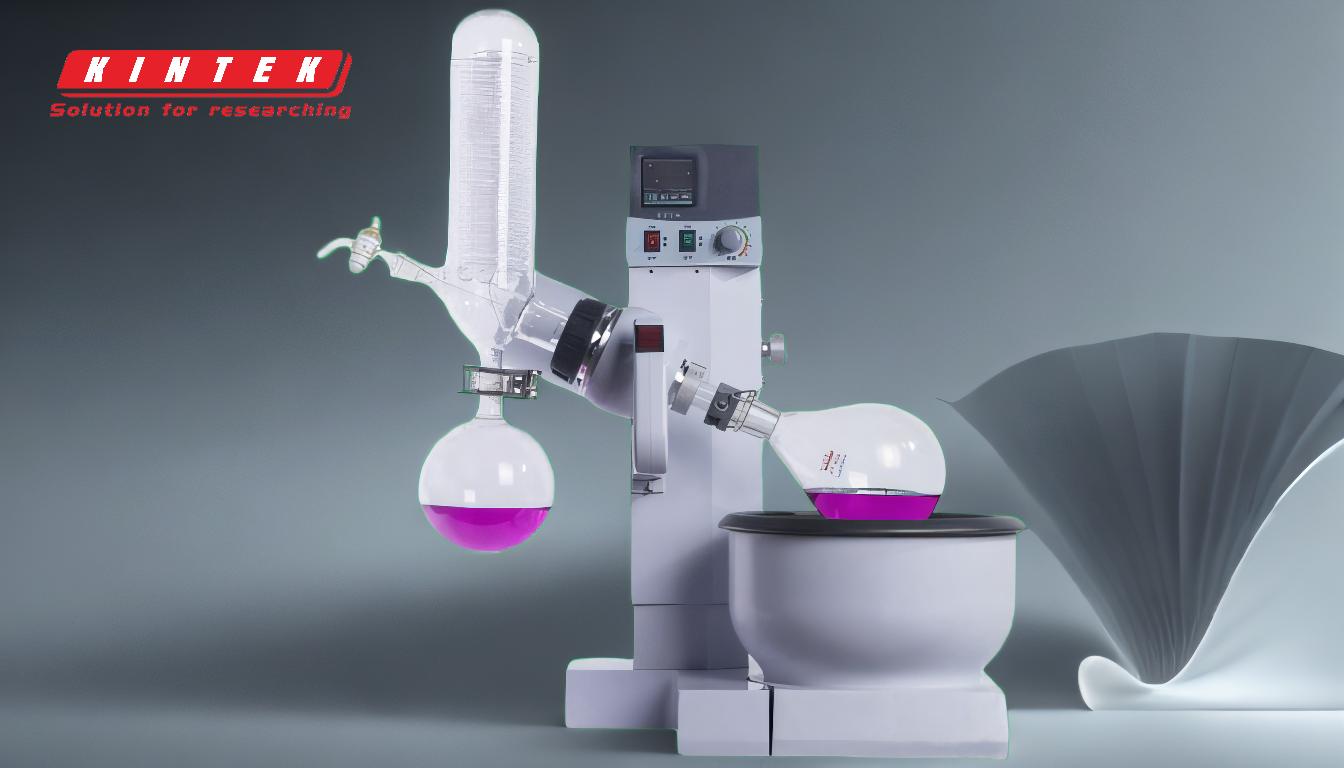Yes, a gas mixture can be separated by distillation under certain conditions. Distillation is a process that relies on differences in boiling points of the components in a mixture. For gas mixtures, this typically involves cooling the mixture to condense it into a liquid phase, followed by fractional distillation to separate the components based on their boiling points. This method is widely used in industrial applications, such as air separation to produce oxygen, nitrogen, and argon, or in natural gas processing to separate methane from heavier hydrocarbons. The feasibility of distillation depends on the specific gases involved, their boiling points, and the required purity of the separated components.
Key Points Explained:

-
Principle of Distillation for Gas Mixtures:
- Distillation separates components based on their boiling points. For gas mixtures, the process involves cooling the gases to condense them into a liquid phase, followed by fractional distillation.
- Example: In air separation, air is cooled to cryogenic temperatures, liquefied, and then distilled to separate nitrogen, oxygen, and argon.
-
Industrial Applications:
- Air Separation Units (ASUs): Used to produce high-purity oxygen, nitrogen, and argon for industrial and medical purposes.
- Natural Gas Processing: Distillation separates methane from heavier hydrocarbons like ethane, propane, and butane.
- Refineries: Distillation is used to separate gases like hydrogen and methane from crude oil fractions.
-
Factors Affecting Separation:
- Boiling Point Differences: Larger differences in boiling points make separation easier and more efficient.
- Pressure and Temperature: Adjusting these parameters can optimize the distillation process for specific gas mixtures.
- Purity Requirements: Higher purity demands may require more complex distillation setups, such as multi-stage distillation columns.
-
Challenges and Limitations:
- Energy Consumption: Distillation, especially cryogenic distillation, is energy-intensive.
- Component Similarity: Gases with very close boiling points (e.g., nitrogen and argon) are harder to separate and may require additional techniques like adsorption or membrane separation.
- Cost: High capital and operational costs for equipment like distillation columns and cryogenic cooling systems.
-
Alternatives to Distillation:
- Adsorption: Uses materials like zeolites to selectively adsorb one gas over another.
- Membrane Separation: Relies on permeable membranes to separate gases based on molecular size and solubility.
- Cryogenic Separation: Involves cooling gases to extremely low temperatures to condense and separate them.
-
Equipment Used in Gas Distillation:
- Distillation Columns: Vertical towers where the gas mixture is separated into its components through repeated vaporization and condensation.
- Heat Exchangers: Used to cool the gas mixture to its condensation point.
- Compressors and Expanders: Manage pressure changes during the distillation process.
-
Practical Considerations for Purchasers:
- Scalability: Ensure the distillation system can handle the required volume of gas mixture.
- Energy Efficiency: Evaluate the energy consumption and operational costs.
- Maintenance Requirements: Consider the complexity and frequency of maintenance for distillation equipment.
- Purity and Yield: Assess the system's ability to meet desired purity levels and yield of separated gases.
By understanding these key points, purchasers and engineers can make informed decisions about whether distillation is the most suitable method for separating a specific gas mixture and what equipment and processes will be required.
Summary Table:
| Aspect | Details |
|---|---|
| Principle | Separation based on boiling points; cooling and fractional distillation. |
| Industrial Applications | Air separation, natural gas processing, refineries. |
| Key Factors | Boiling point differences, pressure, temperature, purity requirements. |
| Challenges | High energy use, similar boiling points, high costs. |
| Alternatives | Adsorption, membrane separation, cryogenic separation. |
| Equipment | Distillation columns, heat exchangers, compressors, expanders. |
| Practical Considerations | Scalability, energy efficiency, maintenance, purity, and yield. |
Need help choosing the right distillation solution for your gas separation needs? Contact our experts today!











